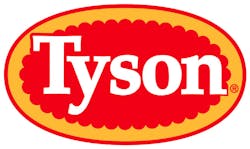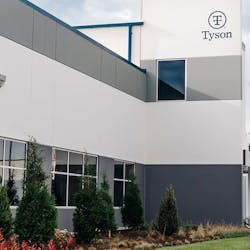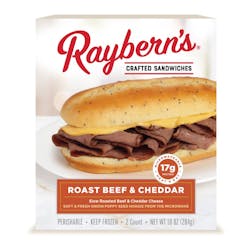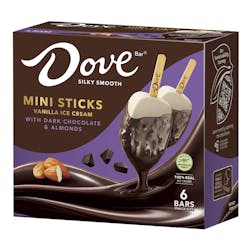Tyson Foods Inc. reported first quarter 2012 results. First quarter earnings per share was $0.42 compared to $0.78 last year.
First quarter sales were $8.3 billion, up 9.4 percent compared to last year.
Overall operating margin was 3.3 percent.
Chicken operating income was $32 million, or 1.2 percent of sales.
Beef operating income was $31 million, or 0.9 percent of sales.
Pork operating income was $165 million, or 11.2 percent of sales.
Prepared foods operating income $51 million, or 5.9 percent of sales.
"Even with higher feed ingredient costs, our chicken segment returned to profitability in the fiscal first quarter on improved pricing and execution," said Donnie Smith, Tyson's president and chief executive officer in a prepared statement. "Prepared foods had a strong performance, and the pork segment continued to produce outstanding results. Our beef segment is experiencing a rough patch as a result of challenging market fundamentals. Although we are still outperforming industry indexes, if current conditions continue, our Beef results will be pressured in our second quarter.
"Our first quarter results demonstrate that we are competitive and that our multi-protein, multi-channel, multi-national business puts us in a position to deliver sustainable earnings over time," Smith said.
In fiscal 2012, overall domestic protein (chicken, beef, pork and turkey) production is expected to decrease. Because exports are likely to remain strong, the company forecasts total domestic availability of protein to be down 2 percent to 3 percent compared to fiscal 2011, which should continue to support improved pricing.
The following is a summary of the fiscal 2012 outlook for each segment, as well as an outlook on sales, capital expenditures, net interest expense, debt and liquidity and share repurchases.
Chicken – for fiscal 2012, the company expects industry production will decrease approximately 4 percent from fiscal 2011, which should further gradually improve market pricing conditions. Current futures prices indicate higher feed costs in fiscal 2012 compared to fiscal 2011. The company expects to offset the increased feed costs with pricing and mix improvements as well as operational efficiencies expected to result in additional savings of $125 million in fiscal 2012. The segment returned to profitability in the first quarter of fiscal 2012 and is expected to strengthen throughout the year.
Beef – The company expects to see a reduction in fed cattle supplies of 1 percent to 2 percent for the remainder of fiscal 2012 as compared to fiscal 2011. While the segment remained profitable in the first quarter of fiscal 2012, the company was challenged by volatile market conditions which made it difficult to pass along increased input costs.
Pork – The company expects hog supplies in fiscal 2012 to be up 1 percent to 2 percent compared to fiscal 2011 and to be adequate.
Prepared foods – The company expect operational improvements and increased pricing to offset increased raw material costs.
Sales – The company expects fiscal 2012 sales to exceed $34 billion mostly resulting from price increases related to decreases in domestic availability of protein and rising raw material costs.
The company expects fiscal 2012 capital expenditures to be approximately $800 million to $850 million.
The decrease in sales volumes in the first quarter of fiscal 2012 was primarily attributable to a decrease in domestic production pounds as a result of balancing supply with forecasted demand, partially offset by increases in international sales volumes and open-market meat purchases.
Operating results were negatively impacted in the first quarter of fiscal 2012 by increases in grain and feed ingredients costs of $220 million and other growout operating costs of $30 million. These increases in operating costs were partially offset by operational efficiencies of approximately $25 million as well as improved mix and pricing.





